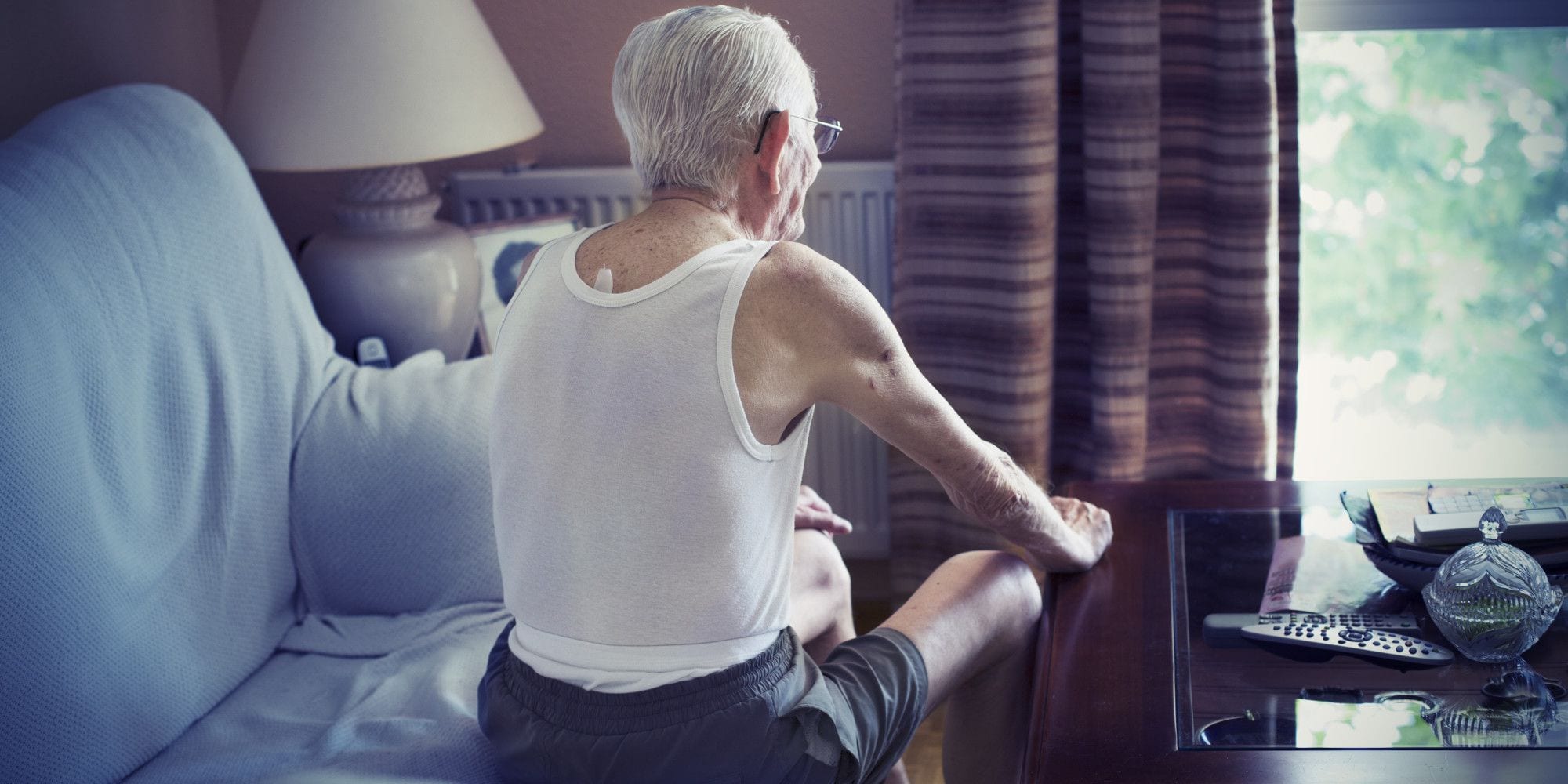
“The transition to aged care should be as stress-free as possible, preferably without the shock of needing to sell one’s home in order to move into permanent care”.
There is plenty of talk about the ageing population and the increasing costs of supporting our growing elderly community. What exactly does this mean for a resident and family facing the stress of funding their care when it’s time to move into a home? The decisions involved in identifying and placing a loved one in care are difficult enough without facing an unplanned home sale to meet the significant financial hurdles of meeting daily accommodation payments (DAP) or refundable accommodation deposit (RAD) thresholds of facilities to access beds.
Innovation and reform are still required and the extent of the government’s support to homeowners to access their own wealth without a stressful property sale remains open. Private sector options offer reverse mortgages (or equity release schemes) to those that qualify, but less than 2% of seniors have taken these up and of those that have, only 3% applied these funds to their aged care services. Reverse mortgages also have complications and risks, such as living longer than planned and drawing the maximum available prematurely – creating vulnerability when its wanted least. The sector has also been grappling with further reforms.
More recently, industry is turning to government to provide its own government-backed equity release scheme like New Zealand and a number of other countries. According to Assistant Social Services Minister Mitch Fifield, the government was “not looking at a government-backed home equity scheme” for now – preferring to leave this to the private sector.
Aged care costs in the 2014 federal budget were scheduled to more than double to $26 billion over the next decade. Due to reverse mortgages and a distressing reactionary property sale process, the government policy is falling on the future residents themselves to fund the increasing shortfall forecasted.
This planning dilemma is a big one for the Commonwealth Government and all Australians both as taxpayers and future elderly. Whilst there are means tests in place to keep things fair and reasonable, the Productivity Commission 2013 Report has proposed further reforms to level the playing field for non-homeowners, homeowners and those with sufficient additional investable funds. Homeowners make up approximately 70% of those going into care, but those with limited equity are ultimately left with only one option: trying to reach a high DAP rate, plus meet interest and mortgage costs unless they sell.
In a similar light, the Productivity Commission 2013 Report revealed Generation Y are in a prime position to inherit a massive $400 billion worth of housing in the next decade or more. This means those residents moving into care in our community with a home in the decade ahead will be expected to tap into this property wealth in one form – by way of a future government-backed equity release schemes or another alternative.
The role of the aged care sector is to ensure a decent quality of living away from a person’s home when they moved to a special-purpose aged care facility; whether it is public, private or mission-owned and operated. Quality of care is what matters. Ideally, this transition should be as stress-free as possible, without the shock of needing to sell one’s home in order to move into permanent care.